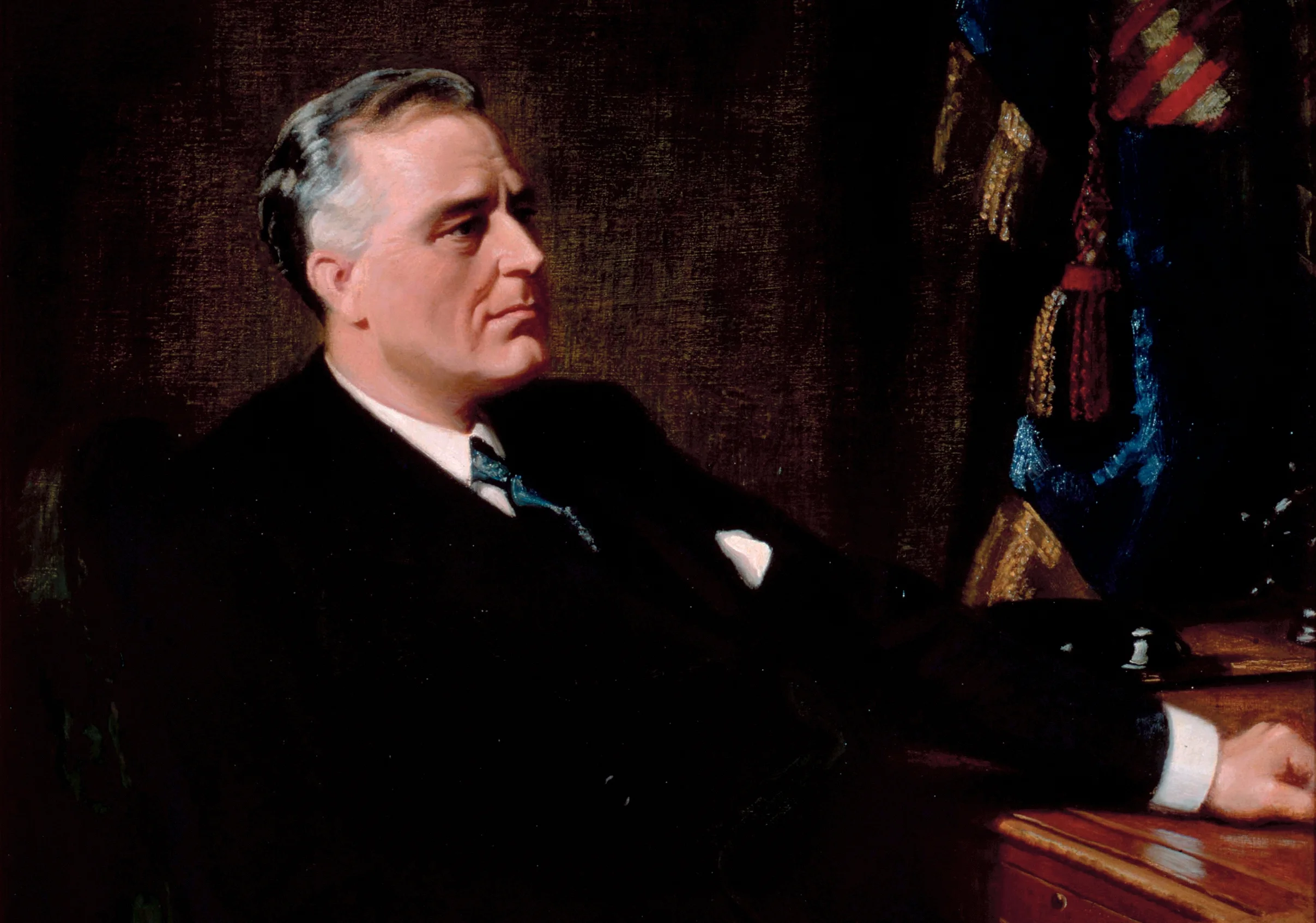Boyd sought not so much to circumvent Clausewitz as to use the Prussian’s concepts as fuel in his own mental refinery. And Boyd’s message to his audience was that the process of mental refinement could not stop, nor be confined to the ideas of any one individual, no matter how insightful they might be. What might Clausewitz have made of such a critique? Judging by his own words, he would likely have been of the same mind.
Relationships with God and Community as Critical Nodes in Center of Gravity Analysis
Strategy in Postmodern Times
In a sense, a good strategy serves as the focal point that combines all forces to fulfill a specific objective. Without it, the particular forces aim in diverse directions; they can even cancel each other’s efforts. This problem is as old as time, but it seems to become more and more important in postmodern times.
2018 Strategy Bridge Writing Contest
The Strategy Bridge Writing Contest is back for 2018! Are you a student attending a civilian university or a military war/staff colleges? Are you interested in strategy? Then this is a contest for you! For details, visit our website: https://thestrategybridge.org/writing-contest/
#TheBridgeWrites
#Reviewing The Southern Flank of NATO: Strategy-Making on Rocky Ground
This work closes a gap in the historical research with a comprehensive and extremely detailed look at NATO consolidation during the 1950s. Beneath the surface of that project, the reader can find some fascinating and challenging presentations of a very different world which tempts one to wrestle with an of a number of could-have-beens.
#Reviewing The Impact of the First World War on U.S. Policymakers
Post-ISIS Antagonists and the Looming Struggle
While future insurgencies may be inevitable, they can be marginalized. It is incumbent upon the international coalition to commit to a sustained presence in Iraq and the freed areas of Syria for years to come. This presence must include substantive improvements to security forces, reconstruction of decimated communities, and reconciliation of Sunni populations at the national level. This effort may take up to a decade, if not longer, the United States must leverage members of the coalition to the greatest extent possible, and policy makers must be made aware of the sobering timeline and costs required.
The Missed Kurdish Moment
Preventing the Titanic Syndrome: Monitoring Surface Warfare Experience at Sea
The kind of accident any organization should worry about is the one that seems impossible. In 2017, the U.S. Navy was rocked with two collisions at sea. These tragedies resulted in the combined deaths of 17 sailors. While both collisions were under different circumstances, and in-depth investigations remain ongoing, these events have triggered a service-wide review of the demands placed on surface warfare officers, including manning, sleep deprivation, and rising operational tempos. This article examines the way in which the Navy assigns officers to its surface vessels., and suggests improvements that could mitigate future collisions at sea.
#Reviewing Preparing For War
#Reviewing NATO and Article 5
Know Thyself: Learning Leadership through Poetry
Writing provides one of the few venues available for leaders seeking to develop themselves through inward reflection, and, to that end, poetry is writing’s finest vehicle for cultivating empathy. Analytic prose is limited in that it can make self-knowledge explicit only by delineating one’s cause-and-effect reasoning. Poems, however, can go where prosaic essays cannot.
The Strategic Communication Ricochet: Planning Ahead for Greater Resiliency
In a hyper-connected world, one can no longer just put messaging out there. Once a message is pushed out, control of it is lost, and an adversary can and will subvert and shatter it into myriad distortions that ricochet back and hurt the sender. Likewise, any actions on the ground contradicting the messaging, will also be used to attack the sender aiming to erode public faith at home by exploiting hypocrisy, creating ambiguity and, ideally, disrupting decision-making.
Two Worlds of Strategy
Although war is a uniquely military activity because of the threat or use of violence, organizations that go to war share many characteristics with civilian organizations. Both have organizational structures that can either inhibit or promote the flow of information. Both have tangible and intangible strategic resources, which, if cultivated properly, may bring competitive advantage. And all organizations, whether they wear business suits or battle dress uniforms, choose some type of process by which strategy is shaped and implemented.
#Reviewing Earning the Rockies
It was America’s good fortune—Manifest Destiny if you will—to rise on a temperate continent with abundant resources. Great Britain ceded its empire in part because it could trust and rely on the United States. America does not share this luxury. Pragmatism must be America’s watchword, for neither isolationism nor unilateralism will work.
#Reviewing Hugging This Rock
The Integrated Joint Force: A Lethal Solution for Ensuring Military Preeminence
The joint force supported by Second Offset technologies ensured U.S. military preeminence in the post-Vietnam era well into the 21st century. By moving to the deployment of an integrated joint force using Multi-Domain Battle as an operational concept, the United States can provide like-minded nations the opportunity to become truly interoperable, and, when necessary, seamlessly transition from the most effective deterrent to a lethal and agile military force capable of defeating any adversary.
Experimentation: The Road to Discovery
The Air Force, Navy, and Marines are the second group of critical stakeholders who will be active participants (to varying degrees) in the upcoming experiments. As the warfighting experts in their respective mission domains––air, sea, and the littorals––the Army’s sister services rightfully believe they bring critical capabilities to Multi-Domain Battle. But, will their capabilities become organic to the multi-domain task force structure—making the task force more joint than U.S. Army-centric? To what degree will multi-domain task force commanders be able to leverage Air Force, Navy, and Marine Corps assets presently forward deployed/forward based overseas to create the desired effects? Will a laborious and time-consuming request for forces process be necessary before these assets are placed at the disposal of multi-domain task force commanders or will they be permanently “on-call”?
Interwar Airpower, Grand Strategy, and Military Innovation: Germany vs. Great Britain
Analyzing the development of the German and British air forces between the world wars reveals the importance of crafting strategy, identifying associated requirements, and marshaling the required resources to turn requirements into capabilities. Factors beyond the state’s control often drive technological requirements. Structural factors demanding innovative responses include the technological progress of potential enemies and of civil society, as well as shifts in the state’s own geopolitical circumstances. Yet the task of responding to these structural factors—of translating the state’s desired security ends into military technological means—requires an intentional, collaborative, human effort. The development of specific airpower capabilities in Germany and Britain during the interwar years illustrates the role of strategic innovators as “system builders” and doctrine entrepreneurs who brave the gauntlets of government bureaucracy, industry, and academia to turn theory into capabilities.





















